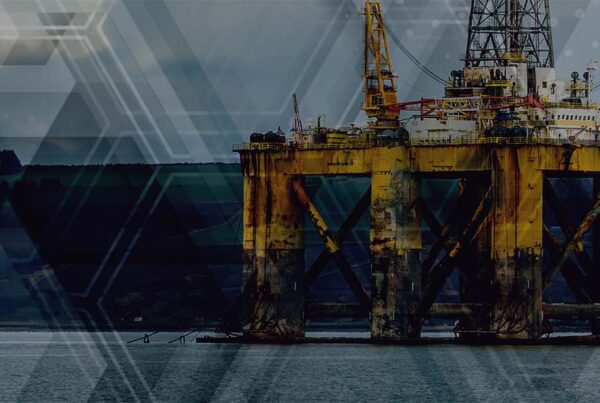 Subsea well intervention activities are expected to flourish over the next five years. Despite the recent plunge in oil price, DW expects the global subsea wellstock to increase over the period by 41% – driven by an increase in ultra-deepwater (>1,000m) activities. Maturing subsea wells, of which 77% are over five years old, will increase demand for workover units in Latin America, North America and Western Europe, but the greatest levels of growth is expected in Africa, where demand could rise at approximately 20% CAGR.
Subsea well intervention activities are expected to flourish over the next five years. Despite the recent plunge in oil price, DW expects the global subsea wellstock to increase over the period by 41% – driven by an increase in ultra-deepwater (>1,000m) activities. Maturing subsea wells, of which 77% are over five years old, will increase demand for workover units in Latin America, North America and Western Europe, but the greatest levels of growth is expected in Africa, where demand could rise at approximately 20% CAGR.
Well intervention can be carried out by either rigs or vessels; the latter, which usually command lower dayrates, are also more mobile, thus contribute to reduced periods of downtime. In addition, most well intervention is classified as ‘light’ or ‘medium’, which does not require a rig, thus can be carried out by riserless or riser vessels.
Nonetheless, based on Operators’ revealed preferences, there does not appear to be a straight forward indication of the best unit type. For example, Statoil is a front-runner when it comes to utilising riserless intervention, whereas, Petrobras’ subsea well intervention programmes are currently solely carried out by drilling rigs. However, efficiency assessments should also consider mobilisation costs, operational costs, crew specialisation – which reduces risk of incidents – and time efficiency. Therefore, the key question for Operators is: will these costs offset potentially lower dayrates in oversupplied markets?
Jose Eduardo Ribeiro, Douglas-Westwood London
+44 1795 594741 or [email protected]



